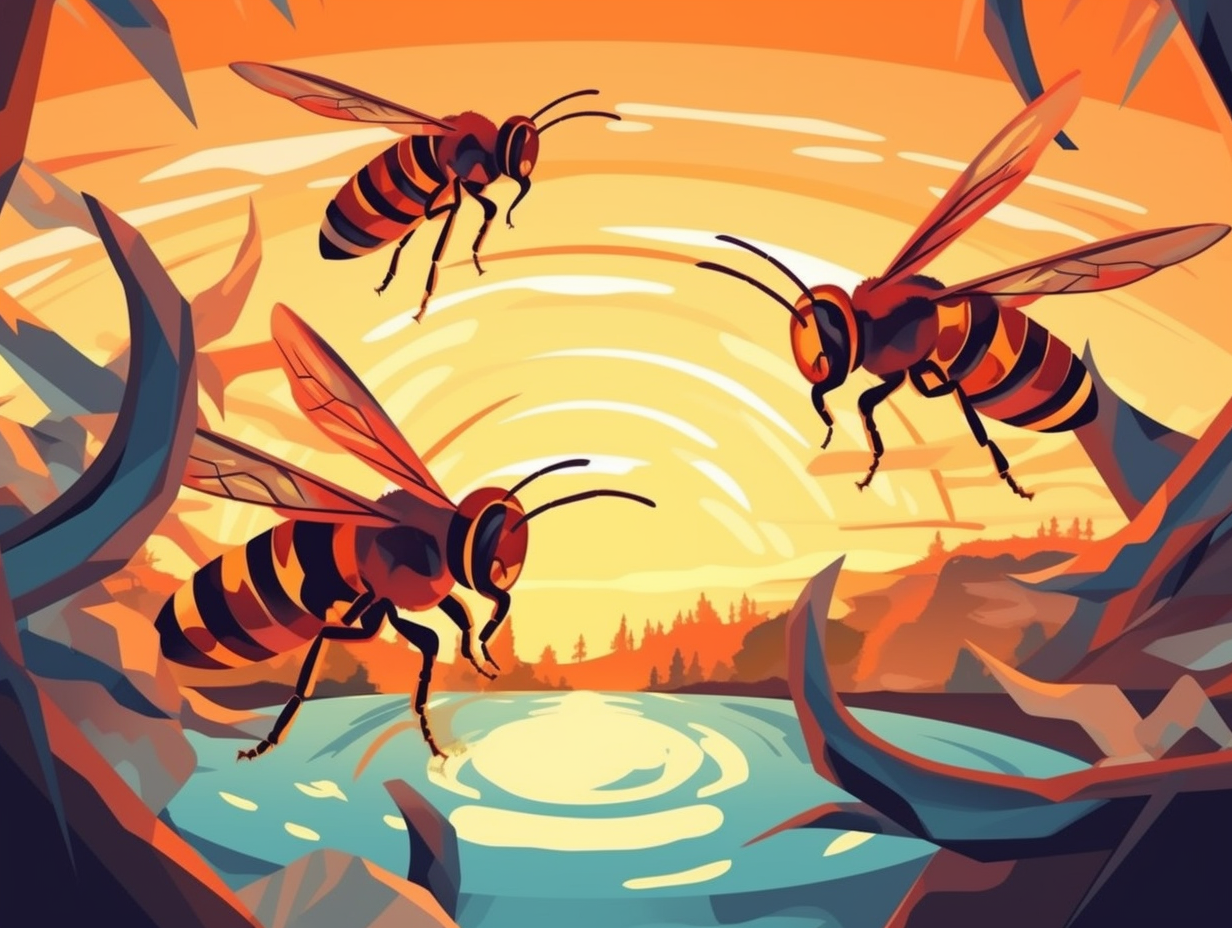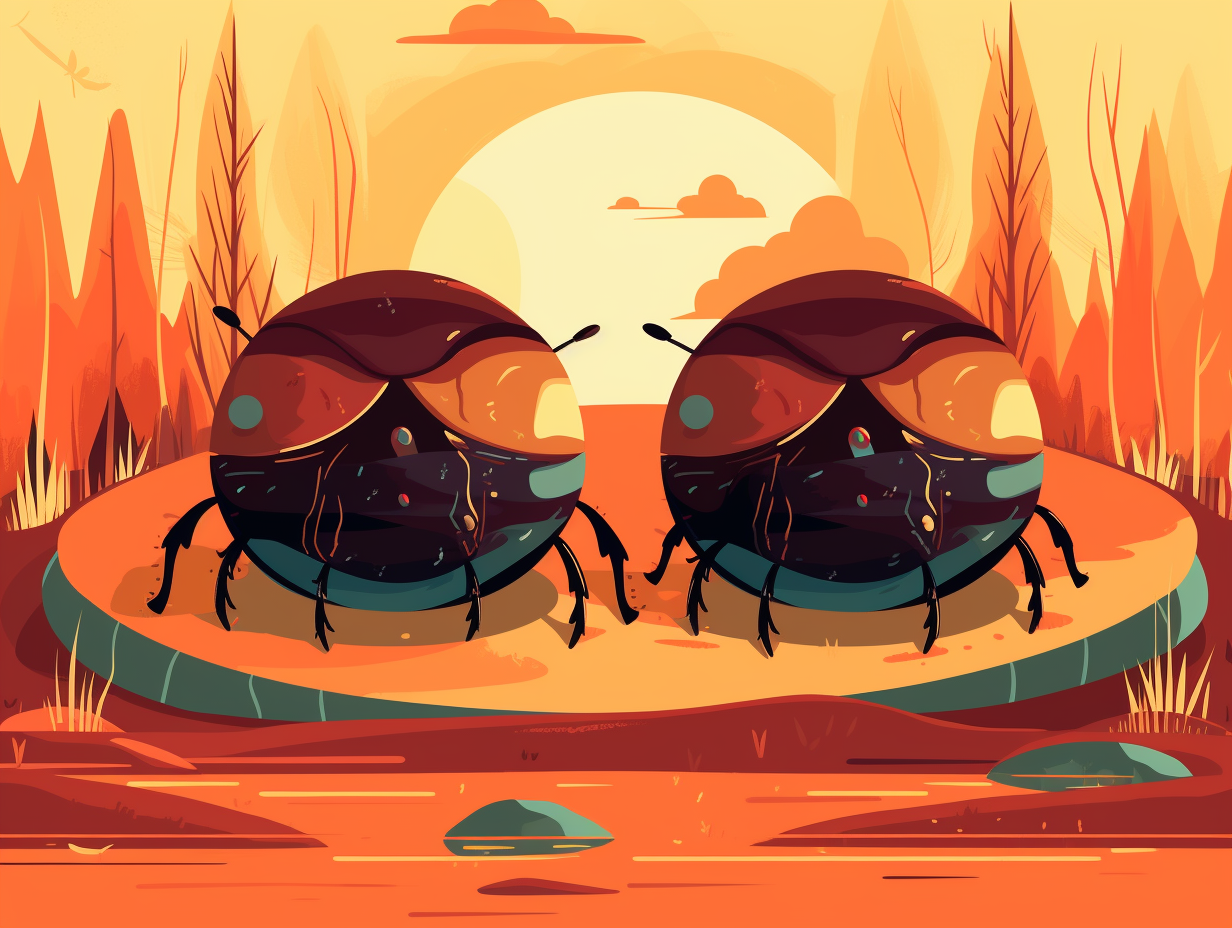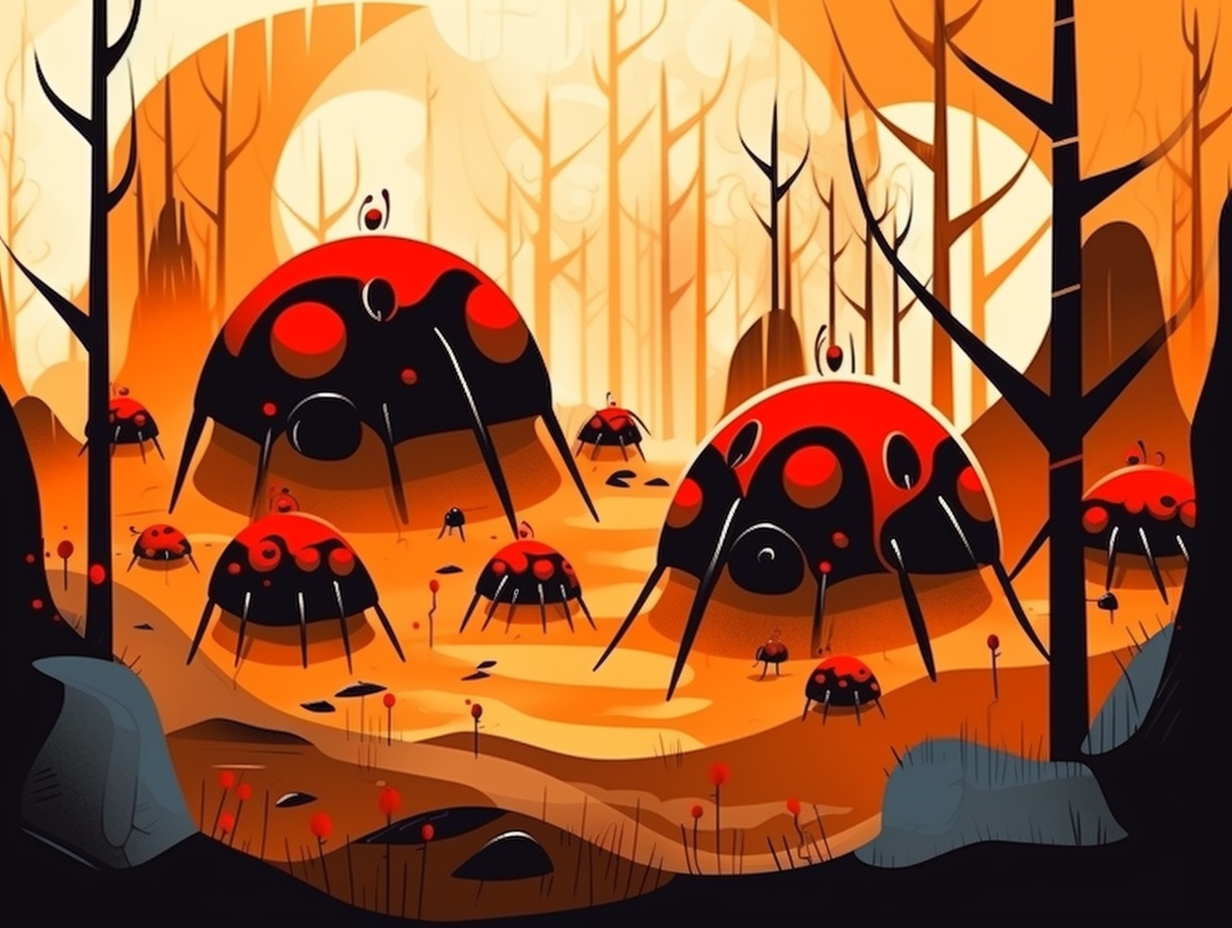Creepy Crawly Countdown: Top 9 Fascinating and Fun Facts About Centipedes!

1. Lightning Speed Racers
Strap on your running shoes and prepare for a race you're guaranteed to lose against these speedy invertebrates: house centipedes can cover up to 16 inches per second, matching a human's impressive 42 miles per hour when compared pound-for-pound.
Source => kqed.org
2. Venomous Acupuncturists
If centipedes pursued a career in acupuncture, they'd be injecting more than just relaxation; their venomous pincers might be their strongest assets: Despite common misconceptions, centipedes use their first pair of legs, called forcipules, to inject venom into their prey for immobilization, not their filaments. These creepy crawlers boast more than 3000 species worldwide, with sizes ranging from 1 to 30 cm and body segments anywhere between 15 to 100. While their venom can cause mild symptoms in humans, it has also piqued scientific interest for potential medicinal uses, treating ailments such as rheumatism, convulsions, and even cancer.
Source => sciencedirect.com

Did you know there's a millipede species with a stunning 750 legs? Discover the amazing Illacme plenipes and how it tries to live up to its name! 🐛💨
=> Fun Facts about Millipedes
3. It's Not All About the Legs
You might've assumed centipedes were the original centurions, stomping around with their hundred-legged brigade, but hold onto your numerals: these leggy critters can actually sport anywhere from an impressive 30 to a whopping 354 legs, making them not only the fleet-footed champions of the creepy-crawly world but also a nightmare for anyone with a fear of odd numbers.
Source => orkin.com
4. Millipede Fashionistas
Step aside, centipede fashionistas, there's a new leggy sensation strutting down the runway: Behold the Illacme plenipes millipede! Serious reveal: This leg-endary creature holds the record for the most limbs, boasting up to 750 legs, while its centipede cousins have a more modest count of 15 to 177 pairs, always flaunting an odd number with a fabulous trailing last pair.
Source => loc.gov

5. Creepy Pest Terminators
Who needs Ghostbusters when you have centipedes on your side? These creepy crawlies might be giving you the heebie-jeebies, but they deserve a PR campaign: centipedes are quick, possess up to 15 pairs of legs, and actively hunt common household pests like cockroaches, moths, flies, silverfish, and termites, all without building nests or webs and lurking in damp, cool spaces. So, even though they look like something out of a horror movie, they're actually helpful house guests providing free pest control!
Source => familyhandyman.com
6. Leggy Dancers
While us mere mortals are limited to two legs for dancing, crawling, and kicking up a fuss, centipedes have seriously upped the leg-court: A nearly extinct California millipede species' females have been known to flaunt a staggering 750 legs!
Source => loc.gov
7. Veggie Munchers
These centipedes just can't get enough of vegetable tapas: they have been known to nibble on asparagus, cucumber, lettuce, radish, and tomato roots, despite their reputation as pest-controllers. But don't worry, they still do their civic duty in the garden, keeping the population of mites, insects, insect larvae, baby snails, and slugs in check.
Source => harvesttotable.com
8. Neil Armstrong of Bugs
Ladies and gentlemen, raise your antennae for the Neil Armstrong of bugs: Pneumodesmus newmani, a 1-cm-long centipede, holds the title of the earliest known land-lubber in Earth's history! Found in Scotland by amateur paleontologist Mike Newman in 2004, this intrepid invertebrate predates us all at 428 million years old and had the primitive ability to breathe air, making it the oldest air-breathing creature ever discovered.
Source => guinnessworldrecords.com
9. Saline Survivors
When centipedes decide to hit the beach and soak up some Vitamin Sea, their salivary glands work overtime as makeshift water guns to help them survive the saline life: These beach-loving centipedes have evolved to regulate their osmotic pressure and sodium concentration, with reduced permeability and enlarged salivary glands for salt secretion, letting them chill in saltwater environments without becoming extra salty themselves.
Source => cambridge.org
Related Fun Facts




















